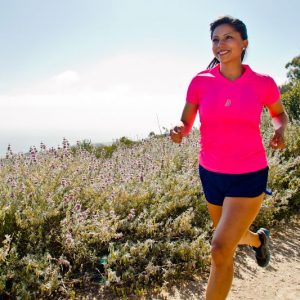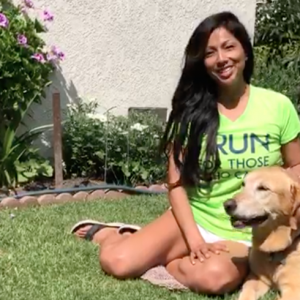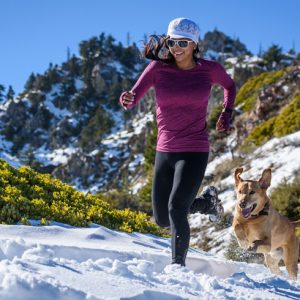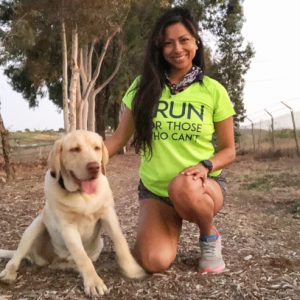
By Wellness Educator and Endurance Coach Nadia Ruiz
As we begin to increase our cardiovascular exercise, naturally, our hunger may increase as well.
Learning how to adapt and fuel our bodies in order to ensure that we maintain weight or do not gain weight as these hunger signals increase is key by how we fuel.
Looking at food as a tool to refuel empowers us to energize our next workout, recover faster, and satiate hunger in a healthy way.
Here are some quick tips:
- For exercise less than an hour, we do not need to necessarily change our eating patterns for the activity.
- For exercise more than an hour, aim to have a 100-200 calorie healthy snack, either one hour before or during.
- Start your day drinking one or two glasses of water, with or without lemon, to fill the initial void in your stomach after sleep digestion.
- When you start to feel hungry outside of normal eating hours, drink one or two glasses of water, with or without electrolytes (do not have calories). Many signals of initial hunger are actually thirst.
- For exercise two hours or longer, practice carrying a light snack with you to train your gastrointestinal tract to digest without issues during long training sessions or long runs.
- Don’t wait too long to eat your scheduled or regular meal because the body begins to secrete a surge of hunger hormones “telling your body to eat.” Then, when we eat, it takes a while for the body to catch up to let the brain know to secrete the next hormones “telling your body you are full.” Hence, if we allow ourselves to get too hungry, we tend to overeat.
- Don’t order food, cook food, or go to the grocery store when you are hungry. Our brain may overcompensate and either eat or order more than we need. A tip to satiate temporarily before your meal: drink a glass of water and/or eat an apple for satiety.
- Within 30 minutes after exercise, aim to have a healthy light snack if a meal isn’t available.
- After exercise, aim to refuel during your scheduled mealtime with a healthy balanced meal because it is a building block for your next training session.
- Drink more water. ?
For a more in-depth look on fueling, and for more ideas, read these related articles:
As always, be sure to follow your local, state, and national safety guidelines. Also, be sure to talk with your doctor before beginning or changing any new diet or exercise program.
There’s still time to register for the Virtual Run for Mobility, June 12-22, 2020. Visit this page for more information or to register for free.





